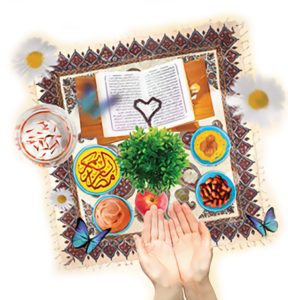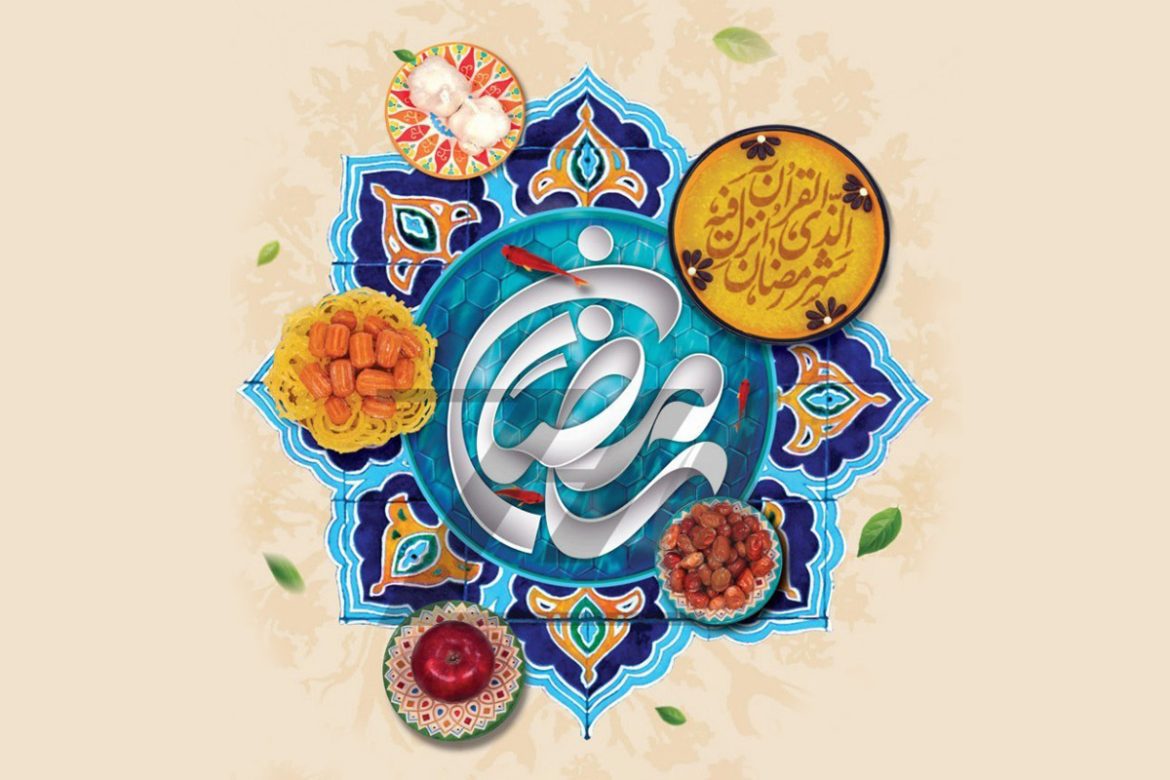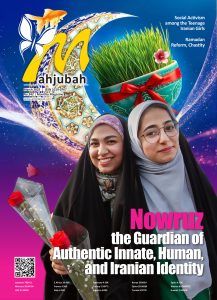Nowruz is an ancient festivity with a long history over a vast area.
Even though geographical borders and divisions have separated lands and created distinct territories known as countries, the Nowruz festivity, which originated and flourished in a region called the Iranian Plateau, is deeply rooted in the historical and ancient civilization of a large region of the world, and that is the reason that this festivity remains prevalent today in such countries as Afghanistan, the Republic of Azerbaijan, Georgia, Iraqi Kurdistan, Syria, Kazakhstan, Kyrgyzstan, Russia, Tajikistan, Turkey, Turkmenistan, Uzbekistan, Albania, Pakistan, and among the Parsis and Shias of India and parts of China; all of which fall within the cultural and geographical sphere of Nowruz. Of course, these days, Nowruz has expanded its historical territory and is no longer limited to its ancient geography.
A significant amount of research has been conducted on the history of Nowruz and the reasons for its enduring presence. Among the dimensions that have garnered considerable attention in this field are the natural and economic geography of the Iranian region. Traditions like Nowruz have been shaped by geography and environment, factors that political influences and invasions by neighboring tribes have failed to alter. Many traditions and beliefs are rooted in geography, where natural, climatic, and livelihood factors play a major role, and religious elements have subsequently added a religious dimension to them.
 Interestingly, even after the advent of Islam in Iran, the non-Iranians who ruled Iran got submerged in certain aspects of Persian culture and civilization after a short while and not only began to honor and respect a number of Iranian traditions and festivities – the most important and noteworthy being Nowruz – and joined the Nowruz celebrations, which marked the arrival of New Year. As a result, Nowruz persisted as a key civil holiday among the Persian population to mark the new year and continued to be celebrated during the Samanid and Buyid Islamic dynasties as well as later Turkic and Mongol dynasties that ruled the region and spread the festival throughout Central Asia. Hadiths (sayings of the Prophet Muhammad) have also been recorded that Muhammad (PBUH) accepted a Nowruz gift and blessed the day.
Interestingly, even after the advent of Islam in Iran, the non-Iranians who ruled Iran got submerged in certain aspects of Persian culture and civilization after a short while and not only began to honor and respect a number of Iranian traditions and festivities – the most important and noteworthy being Nowruz – and joined the Nowruz celebrations, which marked the arrival of New Year. As a result, Nowruz persisted as a key civil holiday among the Persian population to mark the new year and continued to be celebrated during the Samanid and Buyid Islamic dynasties as well as later Turkic and Mongol dynasties that ruled the region and spread the festival throughout Central Asia. Hadiths (sayings of the Prophet Muhammad) have also been recorded that Muhammad (PBUH) accepted a Nowruz gift and blessed the day.
It should also be noted that at the time of the advent of Islam, the structure and system of the Iranian bureaucracy and court were such that the non-Iranian rulers were left with no option but to abide by them. According to historical evidence, they followed the regulations established during the reign of the Sassanid king, Khosrow I (also known as Anushirvan) not only in terms of land taxes but also in terms of jizya, and took advantage of the precise and developed Iranian tax system. In addition to the tax system that the aforementioned rulers adopted from the Iranians, they also inevitably adopted the chronology system of the Iranians. In ancient Iran, the calendar was based on the solar year, whose months and seasons were fixed, and by implementing leap years, this stability was always maintained in the days, months, and seasons of the year, and consequently, all religious occasions, tributes, and celebrations were observed on their specific, predetermined dates.
However, it seems what caused Nowruz to persist in the hearts and minds of the people of this region was that Nowruz, in no way, contradicted the Islamic teachings and as a result, it came to be considered an Islamic-Iranian festivity. The proof of this fact is that this year, Nowruz coincided with Ramadan. While preserving the ancient tradition of Nowruz and celebrating the New Year, Iranians also adhere to the divine teachings of Islam and the Muhammadan Sharia. They welcome the spring of the Holy Qur’an and observe the fasting and other rituals of the blessed month of Ramadan. In this way, the spirit of adaptability and compatibility among Iranians has enabled them to embrace the lunar months of the Islamic calendar while maintaining their ancient commitment to the solar year, feeling no conflict between the two systems.
Last but not least, what has made the Nowruz ritual last and survive in the minds and thoughts of a wide range of people is the wisdom and rationality present and inherent in this festivity, which resonates deeply with the nature and innate disposition of the Iranians. This is also the reason for the connection of Nowruz with religion, as religion itself symbolizes complete wisdom intertwined with human nature. This profound harmony is why Nowruz has persisted throughout history, overcoming all obstacles and challenges, and has never been forgotten.
Happy Nowruz
By: Hojjat al-Islam Mohammad Mahdi Imanipour
President of the Islamic Culture and Relations Organization and Chairman of the Policy-making Council of Interreligious Dialogue of the Islamic Republic of Iran





